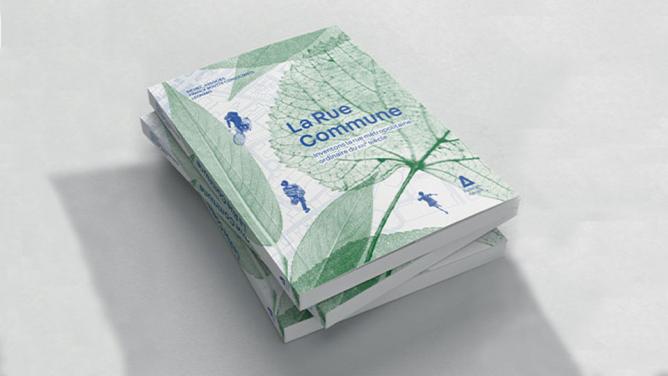Digital twin developer
At the beginning of the year, Wired dedicated a whole issue to mirrorworld and predicted its widespread use. The term refers to the emergence of a digital layer that covers reality in its entirety. In the mirrorworld, all objects have a digital twin. These models promise to make surveillance easier, optimize data and create a widespread interconnected environment for objects. In the construction and infrastructure industries, this trend can be seen with BIM and model-sharing. For the resilient city, the potential applications are endless. Bentley Systems already offers tools that can evaluate a building’s earthquake resistance, optimize the evacuation time of public transport or stadiums, and even assess the impact of flooding caused by natural disasters. Incubated at Leonard, Resallience create diagnostic tools, disaster simulations and even predictive monitoring that anticipate the main risks to infrastructure. Having joined forces with Predict (a Météo France subsidiary), the tool can put forward short- and long-term scenarios concerning the impact of climate change.
In the construction world, this transformation is in keeping with BIM and signals a radical shift when it comes to jobs in the sector. Modelling, development and data processing skills now have an important place alongside other traditional industry jobs.
Smart monitoring project manager
As the researcher Isabelle Thomas explains in Le Monde, resilience comes from knowing the risks. “Urban resilience requires a systematic approach to the city, which must be considered as a complex system with its own personality and specific features.” The criteria are endless, from aging populations, unemployment, access to vital infrastructure, economic activity, food or water resources, areas at risk of flooding, risk of earthquakes, terrorist attacks and even chemical explosions… Fortunately, monitoring methods are evolving, making a “sensor city” that can detect in real time seem a reality.
New tools are required if this is to happen. Therefore, smart monitoring project managers shall be tasked with just that: inventing and developing new tools. If we take a quick look at the winners of the Résilience et acceptation: quels outils pour les infrastructures? (Resilience and Recognition: tools for infrastructures) call for projects organised by the business foundation FEREC, it gives us a good idea of what’s to come. Worksite geotechnical vulnerability analysis, smart monitoring railroad lines, tools for measuring permafrost damage and the impact… basically, a wide range of tools that touch upon some major issues.
Resilience research engineer
If the idea of resilience is appealing and accessible, there are still a number of challenges for implementing it practically. The first undoubtedly involves finding one’s way through the jungle of standards and certifications which each cover specific issues. The well-known LEED standard (Leadership in Energy and Environmental Design), designed to offer more sustainable construction practices, can now be found alongside emerging standards which are more focussed on resilience issues. The RELi standard and Enterprise Green Communities certification, to name but a few, also propose different specifications…
In the middle of this complexity, the role of a resilience research engineer is to identify each project’s specific needs and adjust the design and construction processes to them. Having an interdisciplinary approach is essential, as Karim Sellouane, the founder of Resallience, explains: “Innovation is focused around an integrated approach of all of Vinci groups’ professional solutions and expertise, and also external ones.” Without having to start from scratch (which is still often the case today), this specialist can mobilize existing resources to answer climate, technical or environmental stresses unique to each situation.
On the shortlist:
Migration Planner: According to the UN, the climate crisis could displace one billion people by 2050. To avoid chaos, cities should anticipate and plan for a quick and unprecedented wave of migrants…
Passive designer: In 2017, Rennes became the first French city to feature passive building in its local housing plan. Clearly the Breton capital anticipated a long-term trend: when faced with energy dependence, heating costs and pollution problems, passive is looking pretty appealing.


